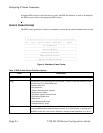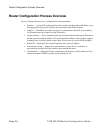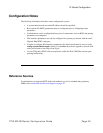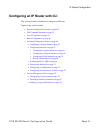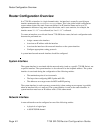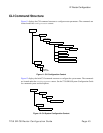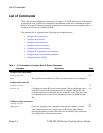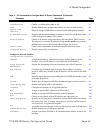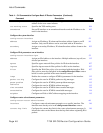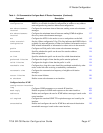
Router Configuration Overview
Page 42 7750 SR OS Router Configuration Guide
Router Configuration Overview
In a 7750 SR, an interface is a logical named entity. An interface is created by specifying an
interface name under the
configure>router context. This is the global router configuration
context where objects like static routes are defined. An IP interface name can be up to 32
alphanumeric characters long, must start with a letter, and is case-sensitive; for example, the
interface name “1.1.1.1” is not allowed, but “int-1.1.1.1” is allowed.
To create an interface on an Alcatel-Lucent 7750 SR-Series router, the basic configuration tasks
that must be performed are:
• Assign a name to the interface
• Associate an IP address with the interface
• Associate the interface with a network interface or the system interface
• Configure appropriate routing protocols
A system interface and network interface should be configured.
System Interface
The system interface is associated with the network entity (such as a specific 7750 SR-Series), not
a specific interface. The system interface is also referred to as the loopback address. The system
interface is associated during the configuration of the following entities:
• The termination point of service tunnels
• The hops when configuring MPLS paths and LSPs
• The addresses on a target router for BGP andLDP peering.
The system interface is used to preserve connectivity (when routing reconvergence is possible)
when an interface fails or is removed. The system interface is used as the router identifier. A
system interface must have an IP address with a 32-bit subnet mask.
Network Interface
A network interface can be configured on one of the following entities:
• A physical or logical port
• A SONET/SDH channel



